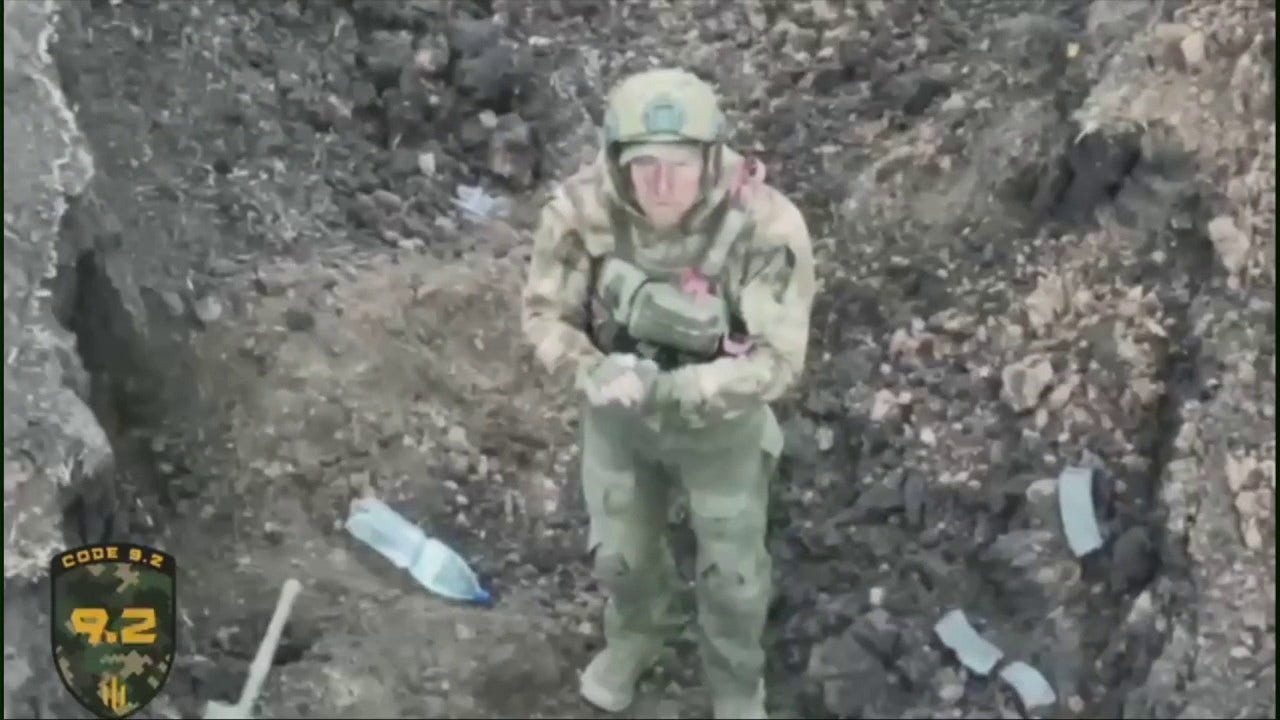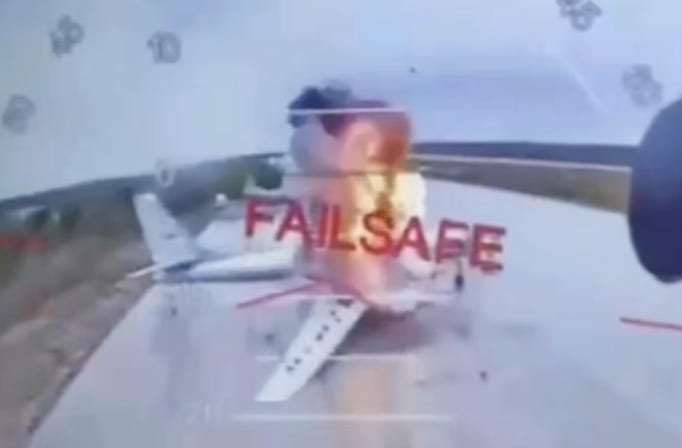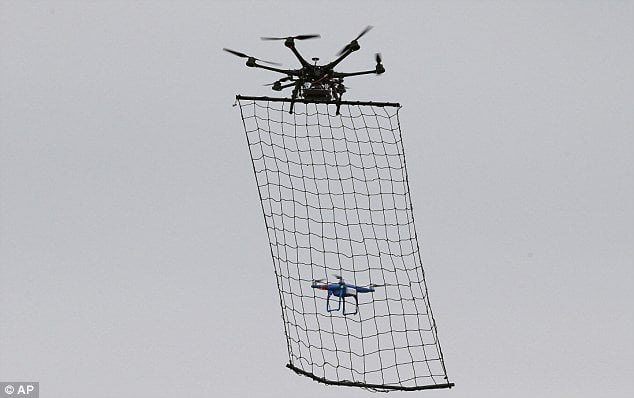Yesterday, Russia experienced what many are calling its “Pearl Harbor” moment.
Ukraine’s intelligence services launched a massive drone attack on Russian airbases, reportedly destroying dozens of Russian long-range bomber jets.
According to Ukrainian estimates:
The operation destroyed 40 Russian aircraft — 34% of Russia's strategic cruise missile carriers
The destruction will cost $7B for Russia
The craziest part: Ukrainian spies snuck 117 drones into Russia over the last 18 months.
It then launched & piloted them simultaneously in attacks that took place on at least five Russian air bases - some of which are thousands of miles from Ukraine.
Commentators have said that the attacks could seriously diminish Russia’s air power, as several of the long-range bomber planes targeted are no longer in production and would be extremely difficult to repair or replace.
The attack matters a lot for Russia, which has escalated its drone & missile attacks on Ukraine to the highest level in the war over the past two weeks:
In a Washington Post opinion piece titled “Ukraine Just Rewrote the Rules of War,” writer Max Boot argued that the attacks could signal a new stage in the history of military strategy.
Like Pearl Harbor, the drone attack:
“could signal the obsolescence of once dominant weapons systems: battleships in 1941, manned aircraft today.
Swarms of Ukrainian drones that probably cost tens of thousands of dollars to build in total might have inflicted $2 billion of damage on Russia’s most sophisticated aircraft.”
The attack also shows how much drone warfare has evolved throughout the nearly 3.5-year-long Russo-Ukrainian war.
Both sides have come to rely heavily on the flying robots as the war has devolved into a stalemate in which neither side can push for territory without substantial losses.
Boot also wrote:
“The Ukrainians are making up for their manpower deficit by developing a world-leading drone industry.
The Ukrainians say they produced 2.2 million drones last year and aim to build 4.5 million this year. Of course, the Russians are building their own drones, with Iranian help. But they have consistently been a step or two behind the Ukrainians in the drone race, as Sunday’s operation again showed.”
Drone Warfare Revolution
There are five key ways that the war in Ukraine has transformed drone warfare.
1️⃣First, it has caused a shift from expensive military-grade drones to cheap commercial drones.
The MQ-9 Reaper drone, which the U.S. has used in the Middle East over the past twenty years, costs about $16M each.
Ukraine, however, is using commercial drones from companies like DJI for reconnaissance. Some of those drones cost less than $1,000 apiece.
And the Ukrainian armed forces are even modifying those to allow for bombing and offensive operations.
The lower cost and ease of availability have enabled Ukraine to use drones to counterbalance Russia’s numerical and technological advantages on the battlefield.

2️⃣Second, both sides are using kamikaze drones on an unprecedented scale.
Modified FPV (First Person View) drones can fly at a tank or a bunker, destroying it without risking human lives or requiring expensive munitions.
3️⃣Third, drones are changing how infantry units approach the battlefield.
Soldiers are using drones to identify enemy positions in real time, allowing for better battlefield maneuvering and artillery targeting.
Integrating drones into infantry units has become commonplace on the Ukrainian battlefield, with soldiers on both sides constantly looking out for enemy drones.

4️⃣Fourth, anti-drone technology has become a necessity on the battlefield.
With both sides of the conflict constantly using drones, it’s unsurprising that both Russia and Ukraine are investing in anti-drone tools like:
Spoofing (where incorrect coordinates are sent to a drone to misguide it), and
Kinetic anti-drone tools (like net guns or other drones that will catch enemy drones in a net)
5️⃣Finally, the expansion of drone production & development beyond the military will have long-term consequences — not just for Russia & Ukraine, but for the world.
Engineers, hobbyists, and small startups—especially in Ukraine—are rapidly designing, modifying, and deploying drones using open-source tools and 3D printing.
Both countries are relying on drones produced by allied nations, and drone production is increasingly becoming globalized.
Why it matters:
The development of drone warfare will have major consequences beyond the battlefield of Ukraine.
Governments, insurgent groups, and terrorists alike are watching as drones become the defining military technology of the 21st century.
Ukraine’s surprising resilience during the war shows how drones can level the playing field for smaller combatants.
The possibilities for drone-based irregular warfare — and even terrorism — are seemingly endless.
We may see more drone storm attacks in the future — and if we do, you should expect a Daily Concept on that topic as well.












